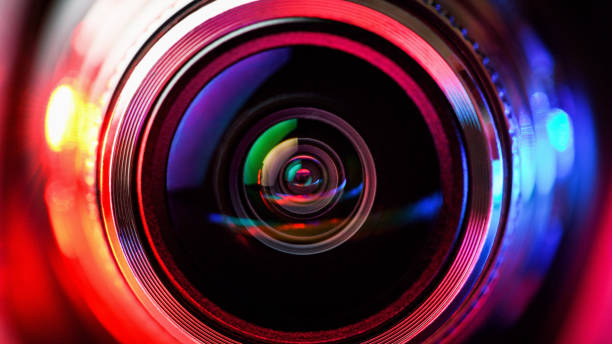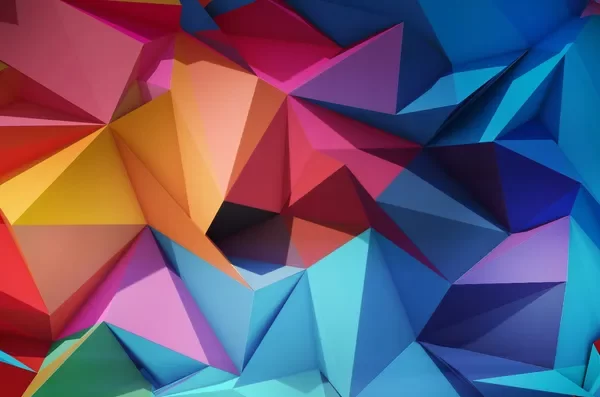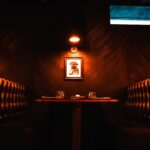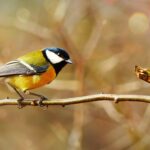by nat raum
I have long sought the words for my recent obsession with the queer vernacular, a term I discovered about six months ago to describe a particular style of photography I saw emerging among my queer, artist peers. Even still, I’m not sure exactly what definable qualities I can assign to this style; common threads include basic documentation of everyday lives and lo-fi technical processes such as point and shoot and cell phone cameras. For me, the idea of the queer vernacular doesn’t lie far from regular vernacular photography; the image-maker saw something within a moment and took a photograph. Any artistic intention was likely minimal, and any aesthetic quality present is purely a happy accident. But there also is something so intentional about the queer vernacular to me, and so many of the images falling into this genre are representations of the multitude of perspectives in the queer community as a whole.
I recognize that the definition of vernacular photography on its own is largely dependent on the context in which an image is made, as most vernacular photographs are not intended to be seen in an artistic context at all. Still, there is an undeniable artistry to many of them, even if that artistry is entirely accidental. Vernacular photographs still have a clear reason for existing in the world, so who is to say that artists cannot lift from the concept of vernacular photography to create photographs of everyday subjects? As I see it, the queer vernacular draws clear inspiration from these ordinary moments to form a larger narrative of each artist’s individual expression of queerness, both in how it looks and what it means. While true vernacular photography concerns itself solely with documentation, this sub-genre of the queer vernacular asks how the objects, people, and places documented can act as symbols that connote a variety of meanings.
The history of the queer vernacular in photography can be traced back for decades, though it has only been explored recently. In a 2018 exhibition titled possible selves at the Williams College Museum of Art, curator Horace Ballard “[considered] the links between art photography and the vernacular forms of the snapshot and digital reproduction, and the ways global queer communities are being created through visual technologies.” Representing nearly seventy years of photographic history, this collection of photographs explored the wide gamut of vernacular photographs taken by queer imagemakers and drew on writing on the subject of queer self-identification by José Esteban Muñoz and Emily Dickinson. In the introductory chapter of his book by the same name, Muñoz discusses disidentification in the context of mainstream conceptions of queer identities being highly subjective. This idea is crucial to understanding the breadth of the queer vernacular; many of these image-makers are documenting themselves and their communities, but in creating these images, they are also defining their identities as something uniquely their own.

In many ways, I believe queer portraiture can be seen as an extension of the queer vernacular; I think specifically of artists like Jess T. Dugan, whose portraiture embodies the idea of intimacy between photographer and subject that I feel is also present in many of these vernacular social media photos. Conversely, I also think of a conversation between Sadie Cook and Hyacinth Schukis published by From Here On Out. During the conversation, Cook states that they “[are] not really sure what to do with this intimacy self portraiture opens up.” Also on this subject, they say that in the past “[they] didn’t see a difference between making self portraits and making any other picture. After all, I’m photographing my world, and I’m a part of my world.” I relate this back to this concept of the queer vernacular in an entirely different way than Dugan’s work; like Cook, I reject the idea that self portraiture is inherently intimate, and I would argue that this extends to portraiture as a whole. The beauty in the queer vernacular to me lies in a delicate balance between these two extremes; though not intentionally rooted in an intimacy between subject and photographer, vernacular portraiture often connotes intimacy simply by association.
Some artists view the creation of images as a collaborative process. One such duo is Nik Noel and Elle Conant, a pair of transgender artists who have engaged in a continuous practice of documenting themselves and each other as partners and as queer individuals. Based on the idea of finding self through each other, Noel and Conant engage with themes of transness, neurodivergence, and sexuality through their portrayals of “the spaces and moments [they] carve out in the world.” Though there is obvious attention to composition and aesthetics that goes beyond vernacular photography in the work of all of these artists, I feel strongly that their depictions of queer truths still place them, however loosely, into this genre.
For many, myself included, this desire to document ordinary life stems from the rise of social media and its culture. Particularly in the months that have passed since the beginning of the COVID-19 pandemic, social media has been our only glimpses into the lives of many of our community members. I have recently drawn artistic inspiration from my queer friends and acquaintances that are posting the moments they have with their closest friends out of sheer gratitude to be surrounded by a community. In essence, this is the spirit of the queer vernacular. Though owing historical credit to queer photographers who documented their communities before the rise of social media, the digital age has completely flipped the idea of this genre on its head. It feels as though there is a perpetual battle, particularly among millennials, between wanting to appeal to an audience on social media and wanting to portray an authentic version of themselves on these platforms. This has led to the rise of features like Instagram’s “close friends” stories and the creation of separate private accounts for close friends. Social media has evolved rapidly alongside the habits of its users, and many would argue that platforms like Instagram have become synonymous with vernacular photography in the 21st century. A massive quantity of images are made daily with the intention of being shared, and it is arguably because of these shared images that I began to think about the idea of the queer vernacular at all.
This, to me, is where the queer vernacular extends beyond portraiture into a holistic photographic portrayal of a queer image-maker’s life. Instagram accounts like Queer Night Stands (@queernightstands) provide a look at the everyday lives of queer content creators around the world. These accounts represent a staggering variety of queer perspectives beyond portraiture. Again, the idea of implied intimacy comes up; in an interview with i-D about Queer Night Stands, creator Molly-Margaret Jones says of the project that “[receiving nightstand photos is] almost like being able to read someone else’s love letters. You can get to know someone very intimately, earnestly and sweetly.” This Instagram account, and the many others like it, exemplifies the queer vernacular in this regard; these images of everyday scenes by queer content creators exude an unintentional intimacy and serve as a record of a unique identity. Additionally, Ballard’s exhibition explored how global queer communities are forming through the sharing of vernacular imagery on digital platforms. As the queer vernacular expands in the age of social media, queer users are connecting despite geographic barriers that would have prevented them from ever meeting before. Friendships, collaborative practices, and entire communities are emerging entirely on the internet.
As a queer artist who has consistently used portraiture and self-portraiture throughout my practice to discuss my own conceptions of intimacy and identity, I have often struggled to make the personal feel universal and vice versa. It would appear that through the sharing of vernacular photography, the hyper-personal is becoming more and more universal, as it is now easier than ever to connect and relate to individuals around the world. Sharing images on social media always seems somewhat controversial in that many influential and popular social media presences have highly curated accounts. Lu Kim postulated on their Instagram that “queerness… [is] about questioning why and how you’ve been taught to value certain people, types of beauty, and ways of being over others… rather than valuing (or more often, devaluing) people based on attributes that were doled out arbitrarily by fate/time/circumstance.” Perhaps this is why there is a sense of honesty in these queer vernacular photographs on social media; Kim’s definition of queerness also suggests that to be queer is to inherently question the same norms present on many of these platforms.
Early in my career, another photographer asked me what I valued most in a photograph. A lot of people would say this is an impossible question to answer; at the time I was one of them, but this question has come back to me more than once, and as time goes on and I think about it more, my answer is honesty. I think this is what draws me to this queer vernacular I have become so obsessed with; more than a certain aesthetic, more than intimacy, this genre is bound together by its profound honesty. The idea of an image as an absolute truth has been debated for centuries, but to me, vernacular photography feels like the closest thing to truth we have. To create these images as a member of the queer community is to live radiantly in ones own truth. As we contribute photographic fragments of our own lived experiences to an infinitely expanding archive of queer vernacular images, we seem to embody Muñoz’s idea of disidentification. We are showing the world how we express and perceive queerness, and this always benefits from additional perspectives. There is no such thing as oversaturation within the queer vernacular; representation of a variety of lived experiences matters, and can be seen in this genre extensively.
Still, my definition of the genre of queer vernacular photography remains loose, and perhaps this is also in the spirit of the genre itself. In line with Muñoz’s philosophy, I am hesitant to categorize work that falls within this genre as having any set qualifiers or characteristics. The nature of this work is not its concern with particular aesthetics, subjects, or topics; it lies simply in its portrayal of queer lives from the perspective of a queer image-maker.
nat raum (b. 1996) is a disabled artist, writer, and genderless disaster from Baltimore, MD. They’re a current MFA candidate and also the editor-in-chief of fifth wheel press. Past and upcoming publishers of their writing include Olney Magazine, perhappened, CLOVES, and trampset. Find them online: natraum.com/links



Add your first comment to this post